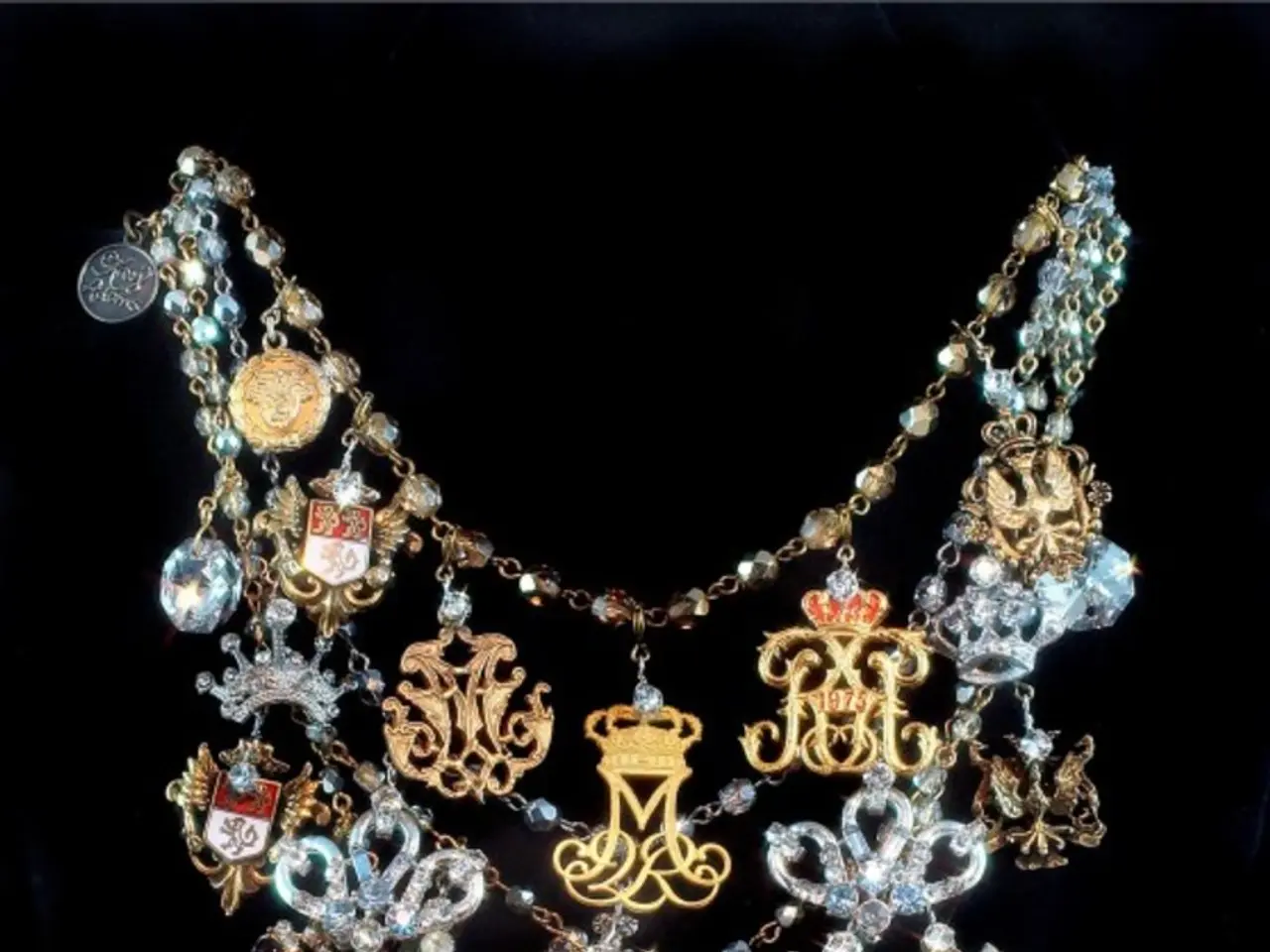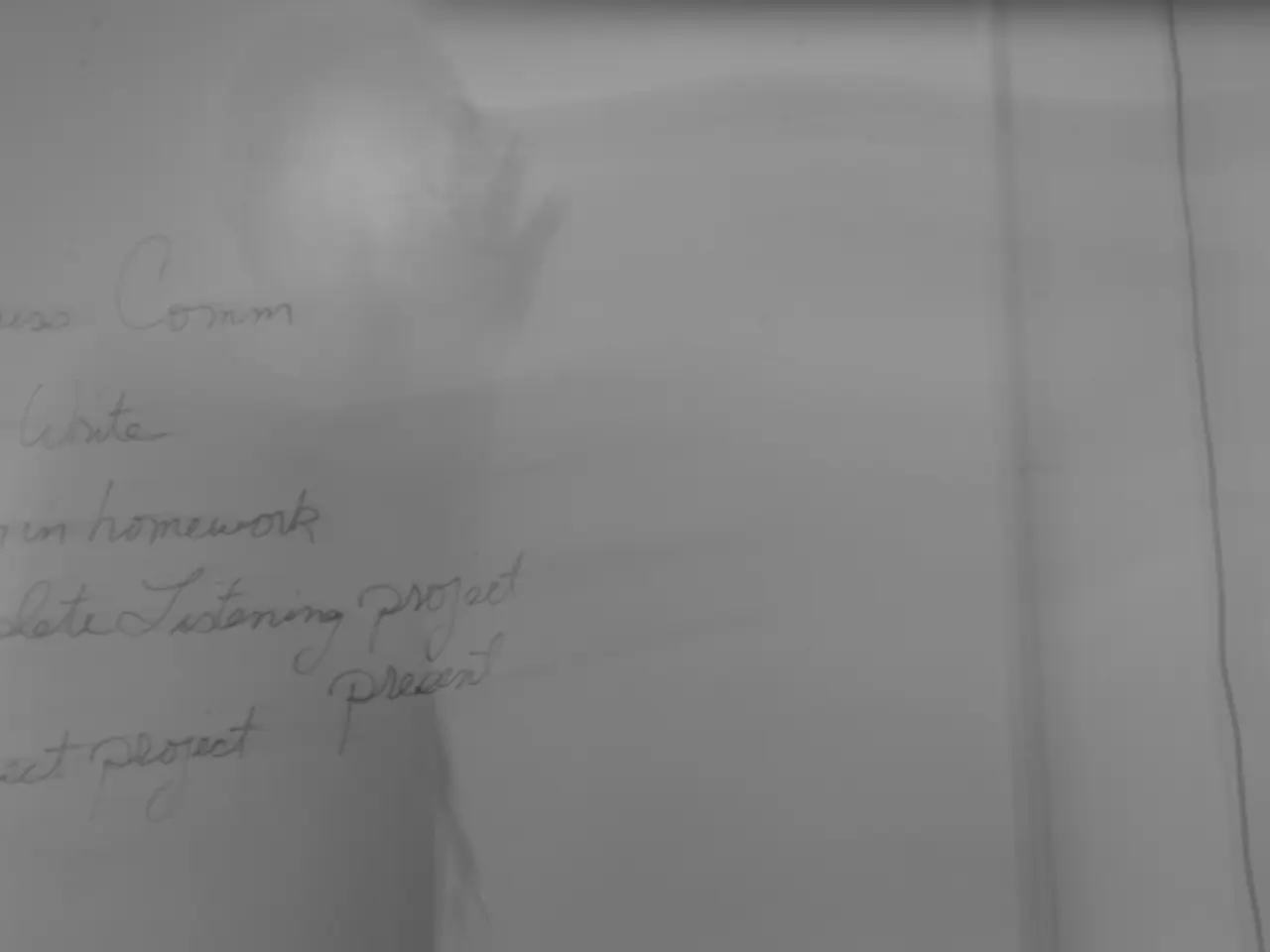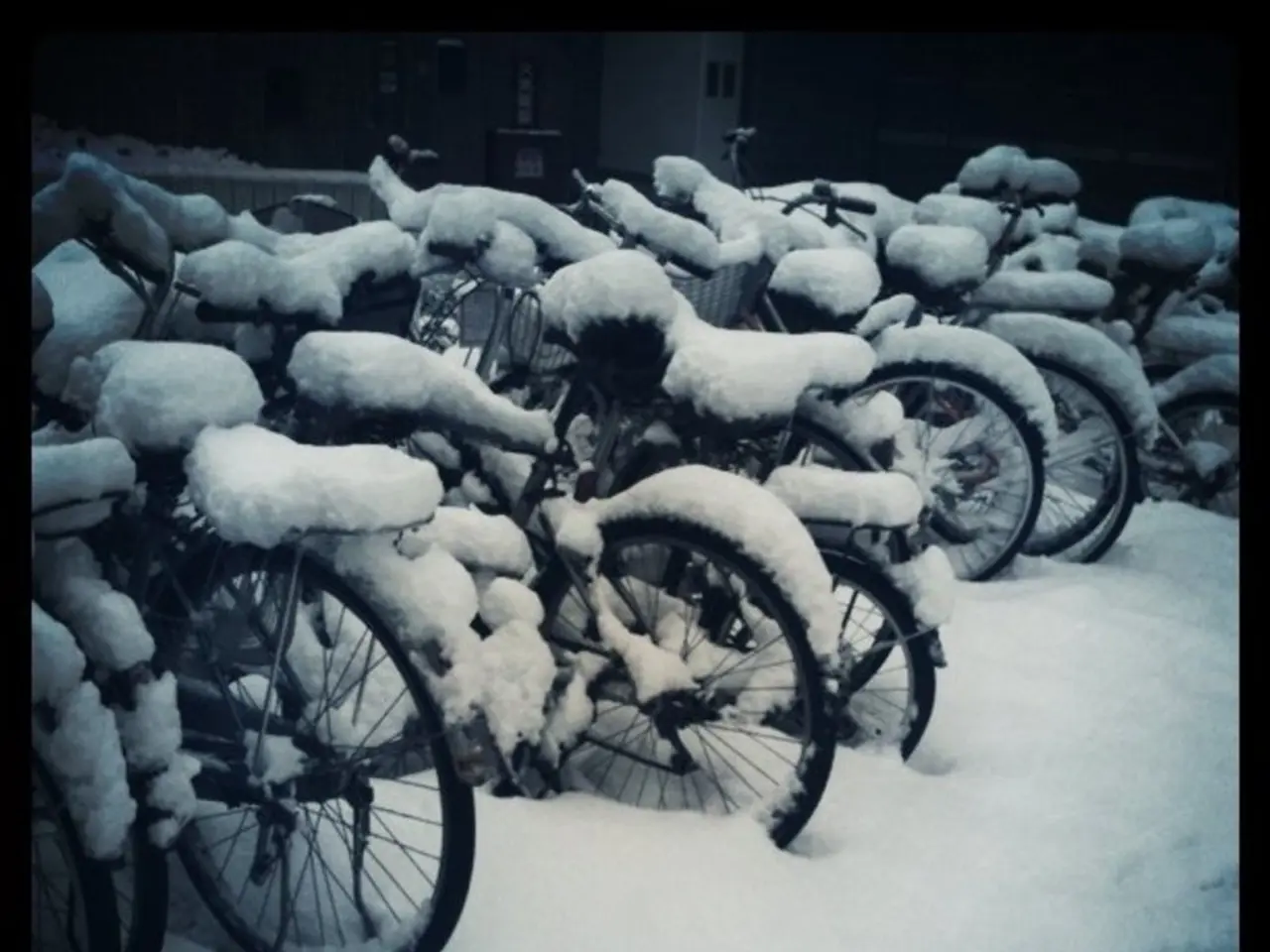Comparing Gallbladder and Kidney Stones: Their Distinct Features Explained
Understanding Gallbladder Stones and Kidney Stones: A Comprehensive Guide
Gallbladder stones and kidney stones are common health issues that affect many individuals, often without causing significant problems. However, when symptoms do arise, it's crucial to understand the differences between these two conditions and the appropriate treatment and prevention methods.
Location and Composition
Gallbladder stones, or gallstones, form in the gallbladder – a small organ situated under the liver that stores bile for fat digestion. These stones are primarily composed of hardened bile components such as cholesterol and bilirubin. On the other hand, kidney stones are formed in the kidneys, part of the urinary system that filters waste from the blood and produces urine. Kidney stones are typically composed of minerals like calcium oxalate, uric acid, or other crystallized substances in urine.
Causes
Gallstones are caused by an imbalance in bile components – excessive cholesterol, bilirubin, or insufficient bile salts. Risk factors include obesity, rapid weight loss, pregnancy, and certain medical conditions. Kidney stones, on the other hand, often result from dehydration, high mineral content in urine, dietary factors (high oxalate or purines), obesity, family history, and sometimes metabolic disorders. Rapid weight loss can also increase uric acid stones.
Symptoms
Gallstones typically cause severe pain in the upper right abdomen or right shoulder (biliary colic), nausea, vomiting, and, if bile ducts are blocked, jaundice. Kidney stones, on the other hand, cause sharp, intense pain in the flank, back, or lower abdomen (renal colic), painful urination, blood in urine, and a frequent urge to urinate or difficulty urinating.
Diagnosis and Treatment
Diagnosis of gallstones and kidney stones usually involves ultrasound, blood tests, MRI, CT, or urine tests. Treatment for gallstones often includes pain management, gallbladder removal surgery (cholecystectomy), medications to dissolve cholesterol stones, or ERCP to remove stones from bile ducts if needed. Kidney stones are initially treated with pain relief, hydration to pass stones, medical expulsive therapy, lithotripsy (shock-wave to break stones), or surgical or endoscopic removal if large or obstructive.
Prevention
Preventing gallstones involves maintaining a healthy weight, avoiding rapid weight loss, balancing diet with enough fat and protein to promote bile flow, and staying hydrated but focusing on metabolic balance. To prevent kidney stones, it's essential to stay well-hydrated to dilute urine, make dietary modifications (reduce oxalate, salt, purine-rich foods), address underlying metabolic causes, and lose weight gradually rather than rapidly to avoid uric acid stone formation.
In conclusion, gallstones develop from bile imbalances causing digestive symptoms centered in the upper abdomen, often requiring gallbladder surgery, while kidney stones arise from urinary crystallization causing flank pain and urinary symptoms, treated conservatively or surgically as needed. Rapid weight loss and metabolic factors uniquely influence both types of stones but via different mechanisms, affecting prevention strategies.
[1] Gallbladder Stones: Symptoms, Causes, and Treatment
[3] Kidney Stones: Symptoms, Causes, and Treatment
[4] Preventing Gallstones and Kidney Stones
[5] Preventing Kidney Stones
- While gallbladder stones often arise from bile imbalances leading to digestive issues in the upper abdomen, requiring treatment like surgery, kidney stones result from urinary crystallization and present symptoms centered on the flank and urinary system.
- Health-and-wellness measures to prevent gallstones involve maintaining a healthy weight, staying hydrated, balancing diet, and focusing on metabolic balance, while preventing kidney stones necessitates staying well-hydrated, making dietary modifications, addressing underlying metabolic issues, and losing weight gradually.
- In the context of health-and-wellness, chronic diseases like gallbladder stones and kidney stones can cause significant problems, and understanding their differences, symptoms, causes, treatment, and prevention methods is crucial for effective management of these conditions.
- When it comes to medical-conditions, the importance of understanding the composition and location of gallbladder stones (cholesterol and bilirubin in the gallbladder) and kidney stones (calcium oxalate, uric acid, or other crystallized substances in the kidneys) is vital for appropriate diagnosis and treatment.




